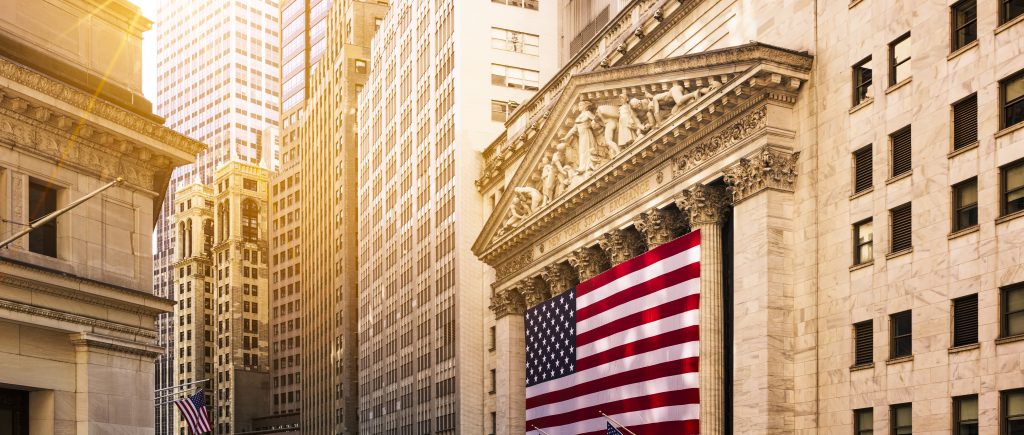U.S. stock markets took a sharp dive on Wednesday, rattled by cautious remarks from Federal Reserve Chair Jerome Powell, who emphasized the need for greater clarity before making any changes to the central bank’s monetary policy. Speaking at the Economic Club of Chicago, Powell signaled that the Federal Reserve would maintain its current interest rate stance, citing economic uncertainties and the need for more data. His comments sparked a broad sell-off, as investors grappled with the prospect of prolonged uncertainty and the potential economic fallout from recent trade policies, particularly new tariffs.
The Dow Jones Industrial Average plunged nearly 900 points, or 2.3%, closing at 39,477. The S&P 500 fared worse, shedding 169 points, or 3.0%, to settle at 5,237. The tech-heavy Nasdaq Composite suffered the steepest decline, tumbling 700 points, or 4.2%, to end the day at 16,130. The sharp drops reflected growing investor unease about the Federal Reserve’s cautious approach and the broader economic implications of Powell’s remarks, which underscored both resilience and vulnerabilities in the U.S. economy.
Powell’s remarks painted a mixed picture of the economic landscape. He noted that the economy remains in “good shape” despite a slowdown in the first quarter of 2025. Inflation, he added, is hovering slightly above the Fed’s 2.0% target but has moderated significantly in recent months. However, Powell cautioned that uncertainties, including the impact of new tariffs, could pose downside risks. “It’s appropriate to wait for greater clarity before deciding on any policy changes,” he said, emphasizing the Fed’s data-driven approach. His comments suggested that the central bank is in no rush to adjust interest rates, a stance that dampened hopes for near-term stimulus and contributed to the market’s downturn.
The Federal Reserve’s hesitancy comes amid growing concerns about the economic effects of aggressive trade policies. Powell highlighted that higher tariffs are likely to drive up inflation while simultaneously slowing economic growth—a combination that could strain businesses and consumers alike. He pointed to a sharp decline in confidence among U.S. households and businesses, driven by fears over trade policy uncertainty. “Larger tariffs mean higher inflation and slower growth,” Powell warned, noting that the erosion of sentiment could further dampen investment and hiring, potentially exacerbating the economic slowdown.
The market’s reaction was swift and severe, with investors interpreting Powell’s remarks as a signal that the Federal Reserve may not act quickly to counter emerging economic headwinds. The tech sector, already sensitive to interest rate expectations, led the declines, with major firms in the Nasdaq bearing the brunt of the sell-off. Meanwhile, sectors tied to consumer spending and industrial activity also weakened, reflecting broader concerns about the tariffs’ impact on costs and demand. The sell-off underscored the delicate balance the Federal Reserve must strike as it navigates a complex economic environment marked by trade disruptions and persistent inflationary pressures.
Looking ahead, Powell’s cautious outlook suggests that the Federal Reserve will remain in a holding pattern, closely monitoring economic indicators before making any policy shifts. While the economy has shown resilience, with steady consumer spending and a strong labor market, the risks of a deeper slowdown loom large. Powell’s warning about the interplay of tariffs, inflation, and growth has heightened investor anxiety, setting the stage for continued market volatility. As the Federal Reserve weighs its next moves, Chair Jerome Powell’s emphasis on patience and clarity will likely keep markets on edge, with investors bracing for a bumpy road ahead.

 Noor Trends News, Technical Analysis, Educational Tools and Recommendations
Noor Trends News, Technical Analysis, Educational Tools and Recommendations




